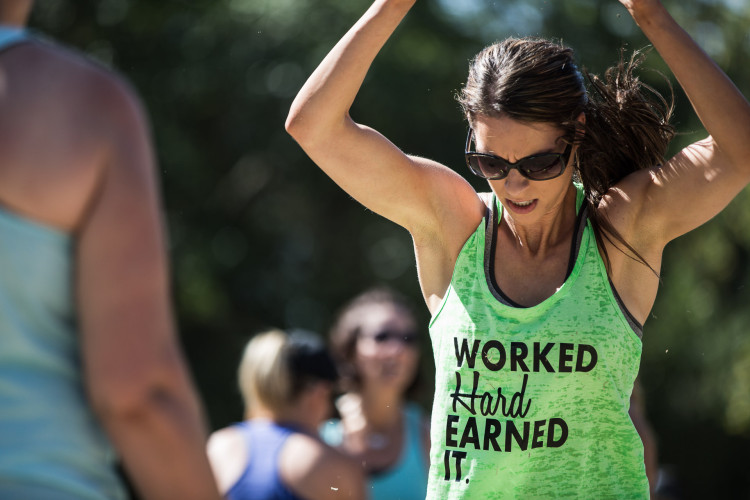Bokeh, in case you didn’t know, is the out of focus area in your images. When you first purchased a camera, it probably came with a kit lens, and the only really time you were able to achieve out of focus elements in your images was when you were fully zoomed in, when your subject pretty close to you, and the background quite far away. As you’ve evolved as a photographer, you hopefully have invested in better lenses, and these lenses have no doubt allowed you to shoot with a lower f-stop number, thus creating more out of focus backgrounds. If you’ve read some articles around the internet, you may have come across some people ranting about photographers overdoing their newfound out of focus backgrounds. I sometimes feel like these people get a little snobby with their articles. Don’t get me wrong, too much bokeh is certainly not needed all the time, but I’ve compiled a list of why you should use bokeh in your images.
Bokeh helps separate smart phone portraits from DSLR portraits
Smart phones are the most prolific cameras in the world. And even if you’re a professional photographer, you fill up your storage on your iPhone with shots of your kids and daily life. However, no one would be able to tell you, no matter how nice the camera phone is, that it stacks up to your “real” camera. Mainly, this comes down to the difference in sensor sizes. Your smartphone may have a nice sensor, but your aps-c or full-frame sensor is multiples larger than it. Aside from being able to capture detail and colors, your larger sensor gives you the ability to create much more bokeh, and it is in the honest opinion of The Brotographer that you should take advantage of it.
Bokeh helps eliminate background distractions
You know you’ve seen those images. Everything is in focus. You search around for the subject of the image, only to be distracted by something crazy in the background. Whether it is a car, or relative attempting a photo bomb, it takes away from the subject you intended to display. Bokeh allows you to partially, and sometimes completely, eliminate that distraction.
Bokeh helps separate the subject from the background
Images that we take with our cameras are 2 dimensional. While it would be amazing to live in a world where we could take a 3D image, we’re not quite there yet. Having your background be more out of focus than the subject allows the photographer to make the image look a little more 3D. The sharp subject seems to be pulled away from the background thus adding that extra dimension.
Expensive lenses shouldn’t be stopped down
Let me just say right off the bat that I am not talking about all types of photographer. If you’re shooting landscape or street, this article probably doesn’t apply to you in the first place. However, let’s say that you’ve opened up your wallet and dropped 1K-3K on a lens. At that lens’s maximum aperture, it is probably special. However, when you stop it down to f/8, that lens probably looks near the same as it’s $300 version. The sharpness on the more expensive lens will probably be better than the less expensive one, but not by a significantly huge margin. However, when you open both lenses up, you will definitely be able to tell the difference. If you’re a portrait photographer, the maximum aperture was probably one of the main reasons you bought the lens. Unless you’re shooting a large group of people on many different plains, get your money’s worth, and open that bad boy up.
All craziness aside, open up those apertures and snap away. If you’re shooting portraits, play with shooting close to your subjects, and far away. Experiment with your out of focus areas. Create foreground bokeh as well as background bokeh. Have fun with it.


Images by Ross Thomas Photography